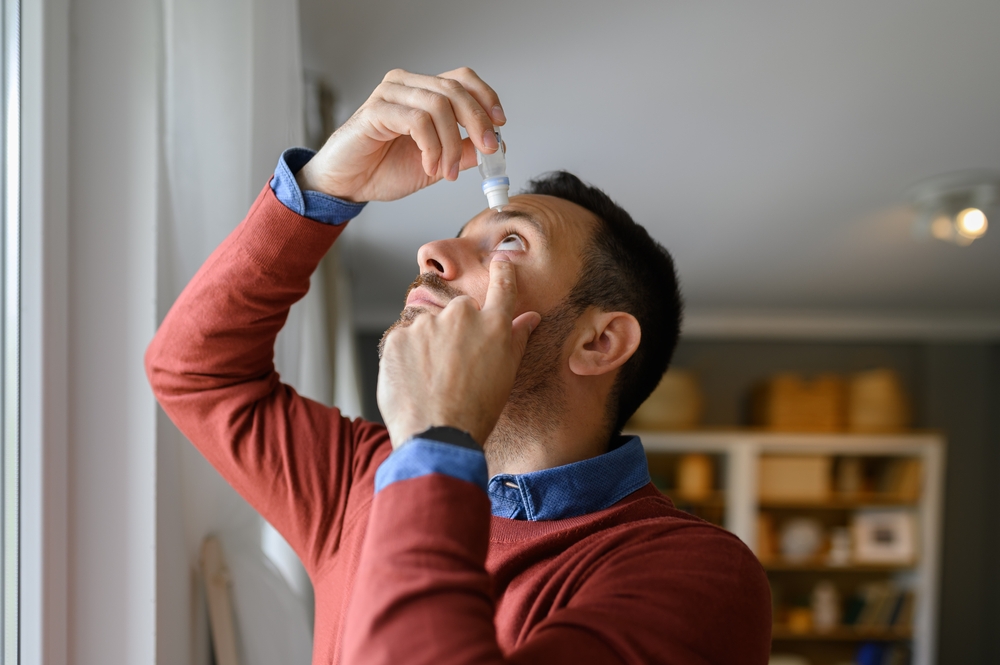
Dry eye is a common and often chronic condition that affects millions of people worldwide. It occurs when your eyes do not produce enough tears or when the quality of your tears is poor. This can lead to a range of uncomfortable symptoms, including irritation, redness, and a burning sensation in your eyes. If you're dealing with dry eye, it's important to understand the causes and available treatment options to find the best solution for your needs.
What Causes Dry Eye?
One of the leading causes of dry eye is meibomian gland dysfunction (MGD). The meibomian glands are located along the edges of your eyelids and are responsible for producing the oily component of your tears, which helps to prevent evaporation. Dry eye can also be caused by a variety of factors, including:
• Aging: As you get older, your tear production may decrease, leading to dry eye.
• Medications: Certain medications, such as antihistamines, decongestants, and antidepressants, can reduce tear production.
• Environmental factors: Exposure to dry, windy, or air-conditioned environments can contribute to dry eye.
• Medical conditions: Conditions like Sjögren's syndrome, rheumatoid arthritis, and diabetes can affect tear production and lead to dry eye.
• Eyelid problems: Issues with the eyelids, such as blepharitis (inflammation of the eyelids), can disrupt the tear film and cause dry eye.
Recognizing Dry Eye Symptoms
The symptoms of dry eye can vary in severity and may include:
· Redness and irritation in the eyes
· A burning or stinging sensation
· Sensitivity to light
· Blurred vision
· Feeling like there is something in your eye
· Increased eye fatigue or discomfort
If you're experiencing any of these symptoms, it's important to consult with an optometrist to determine the underlying cause and find the appropriate treatment.
Treatment Options for Dry Eye
The management of dry eye often involves a multi-faceted approach, including environmental changes, home remedies, and treatment recommended by your eye doctor. Treatment options available for dry eye, include:
• Artificial Tears: Over-the-counter artificial tear drops or gels can help to temporarily relieve dry eye symptoms by supplementing your natural tear production.
• Prescription Eye Drops: Your eye doctor may prescribe prescription eye drops, such as anti-inflammatory medications or cyclosporine, to help reduce inflammation and improve tear production.
• Specialty Contact Lenses: In some cases, your optometrist may recommend the use of specialty contact lenses, such as scleral lenses, to help retain moisture and provide relief for dry eyes.
• Nutritional Supplements: Certain dietary supplements, such as omega-3 fatty acids, may help to improve the quality of your tear film and reduce dry eye symptoms.
• Punctal Plugs: Punctual plugs are small devices inserted into the tear ducts to help retain moisture in your eyes.
Schedule Your Dry Eye Evaluation with Pycraft Family Eye Care Today
Dealing with dry eye can be a frustrating and ongoing challenge, but there are many treatment options available to help provide relief. By understanding the underlying causes of your dry eye, working closely with your optometrist for a personalized treatment plan, you can manage your symptoms, ensure optimal eye health and comfort.
If you're struggling with dry eye symptoms, schedule an appointment with our optometrists. We can help you identify the underlying causes of your condition and develop a customized treatment plan to provide the relief you need. Visit Pycraft Family Eye Care at our office in Wooster or Orrville, Ohio. Please call (330) 601-0393 or (330) 682-1276 to book an appointment today.







